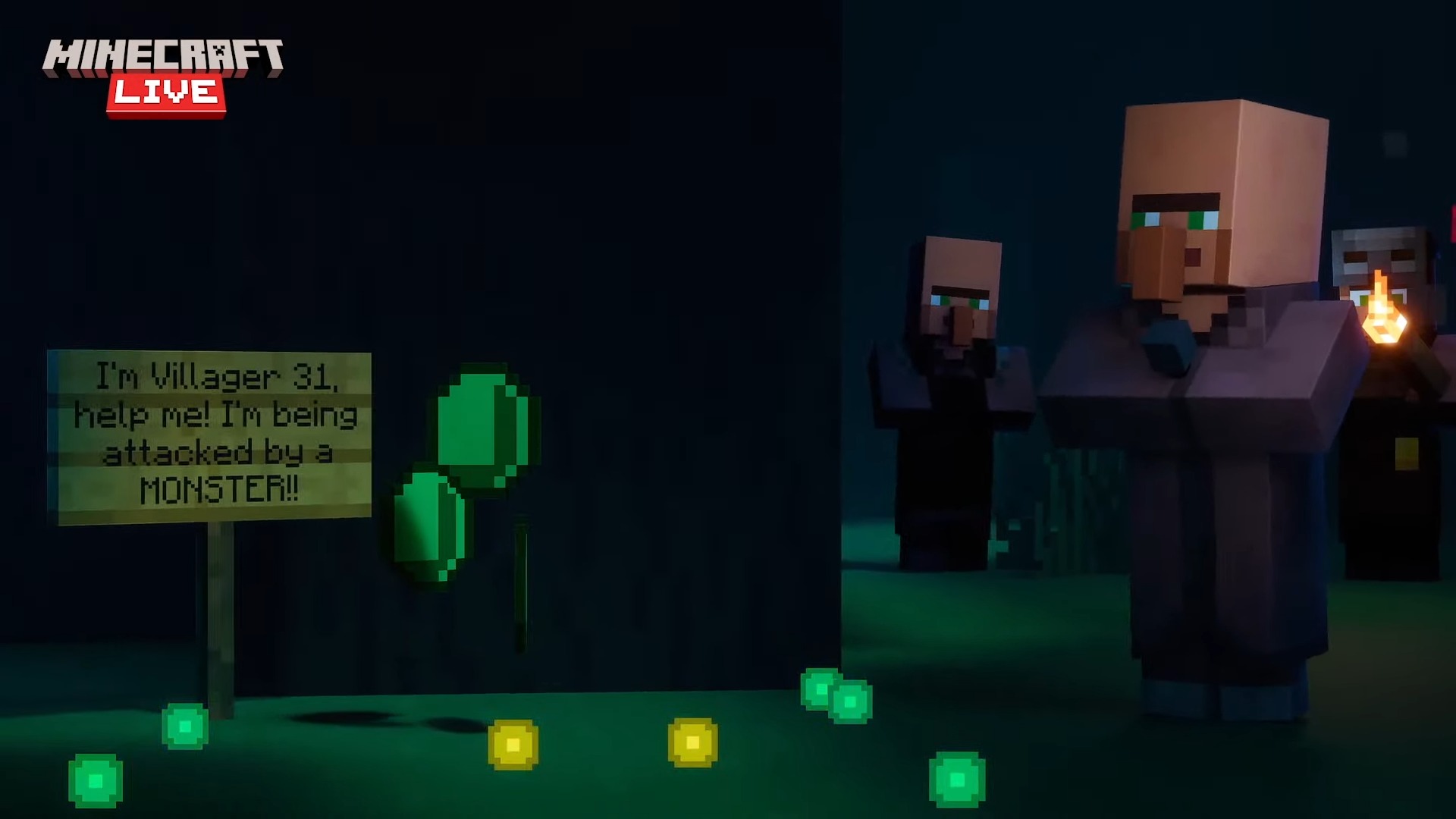“Sisyphus” is a name that instantly brings to mind the image of someone enduring a relentless and thankless task. This figure is most famously known for the tedious task of moving large boulders, making the idea of seeing him take on an even larger boulder quite appealing. It was only a matter of time before a group of dung beetles, known for their exceptional ability to roll sizable balls of waste over long distances, would be named after Sisyphus. The classic image of a dung beetle laboring alone while pushing a hefty ball symbolizes the myth. However, in certain species, the act of rolling dung can lead to collaboration between male and female beetles. In some instances, female beetles follow behind their male counterparts as they roll the dung. In other cases, females hitch a ride on the dung ball rolled by males, a behavior choice that may not always be helpful but is definitely deliberate. At times, both males and females work together to bury or roll the dung. A collaboration like this was illustrated by French entomologist Jean-Henri Fabre in his 1921 book Fabre’s Book of Insects, accompanied by the caption, “Sometimes the Scarab seems to enter into partnership with a friend.” Edward Julius Detmold’s visual depiction features two shiny black beetles maneuvering a brown sphere across a small dirt dune adorned with pink flowers. It is a remarkably tasteful representation of excrement, the kind of artwork that one might frame and hang in a restroom to contemplate while creating dung balls of their own.The dung beetle must efficiently transport its valuable find in a straight line to prevent theft by competitors and make the most of each step. However, navigating a straight path can be quite challenging for such a small creature, as elephant footprints, small rocks, and shrubs can seem like insurmountable obstacles. In one of his books, Fabre described a pair of spider dung beetles of the species Sisyphus schaefferi who surmounted numerous obstacles in their efforts to relocate a dung ball away from a larger heap, in order to keep rolling in a straight line.  Tocco et al., 2024Fabre’s observation sparked inquiries about this partnership. When it comes to dung-rolling, are two spider dung beetles better than one? How do they coordinate such a task, rolling a ball so large that it might obstruct their view of each other and the path ahead? This month, a paper published in the journal Proceedings of the Royal Society B reached a heartwarming conclusion, confirming that spider dung beetles do indeed coordinate while rolling dung, and that working together helps them overcome obstacles more efficiently.The researchers focused on the South African dung beetle species Sisyphus fasciculatus and S. schaefferi, the same beetles observed by Fabre. Both species inhabit woodlands, where they frequently encounter plants and other obstacles obstructing their path. The researchers captured approximately 50 beetles from the wild using traps baited with fresh cow dung, then released them into a plastic container filled with soil and a cabbage-sized dung lump. This enticed the beetles to form pairs and start shaping dung balls. Each pair naturally designated a male “dragger” beetle and a female “pusher” beetle, and together they actively rolled the ball away. The researchers subjected these pairs to a series of tests in increasingly challenging terrains.
Tocco et al., 2024Fabre’s observation sparked inquiries about this partnership. When it comes to dung-rolling, are two spider dung beetles better than one? How do they coordinate such a task, rolling a ball so large that it might obstruct their view of each other and the path ahead? This month, a paper published in the journal Proceedings of the Royal Society B reached a heartwarming conclusion, confirming that spider dung beetles do indeed coordinate while rolling dung, and that working together helps them overcome obstacles more efficiently.The researchers focused on the South African dung beetle species Sisyphus fasciculatus and S. schaefferi, the same beetles observed by Fabre. Both species inhabit woodlands, where they frequently encounter plants and other obstacles obstructing their path. The researchers captured approximately 50 beetles from the wild using traps baited with fresh cow dung, then released them into a plastic container filled with soil and a cabbage-sized dung lump. This enticed the beetles to form pairs and start shaping dung balls. Each pair naturally designated a male “dragger” beetle and a female “pusher” beetle, and together they actively rolled the ball away. The researchers subjected these pairs to a series of tests in increasingly challenging terrains.  Tocco et al., 2024On level ground, the beetles rolling in pairs did not outperform the solo rollers. However, when obstacles were introduced, the male-female pairs had an advantage over the rest. The researchers placed the beetles at the center of concentric circular plywood rings, stacking them at various heights up to 3.5 inches. When faced with a ring, the male would begin climbing the wall and dragging the ball, while the female lifted it with her legs from a headstand position, enabling the male to pull the ball up and over the wall. When the males lost their grip during the climb, the females often prevented their partner from falling. In solo trials, few lone males attempted to drag the ball over the tallest obstacle, and even fewer succeeded.Although it was clear that working in pairs provided the easiest path over the wall, the researchers found that the female “seemed to provide assistance only when critically needed.” This may seem like an unequal partnership to the male beetle, even though it is far more beneficial than offers from females of other species to ride the dung ball and further weigh him down. However, poor Sisyphus—the one with two legs—didn’t even have a companion during his ceaseless efforts. Perhaps he would have been content to carry a heavier boulder if it meant having a companion to spend his days with. They could have talked about boulders, big and small, or quietly trudged up the hill, contemplating how much worse it would be if he had to push a fragrant dung ball up that hill. In the case of the other Sisyphus, whether or not a beetle can experience happiness, he can rely on a friend to help roll his ball up a hill, at least in times of critical need.
Tocco et al., 2024On level ground, the beetles rolling in pairs did not outperform the solo rollers. However, when obstacles were introduced, the male-female pairs had an advantage over the rest. The researchers placed the beetles at the center of concentric circular plywood rings, stacking them at various heights up to 3.5 inches. When faced with a ring, the male would begin climbing the wall and dragging the ball, while the female lifted it with her legs from a headstand position, enabling the male to pull the ball up and over the wall. When the males lost their grip during the climb, the females often prevented their partner from falling. In solo trials, few lone males attempted to drag the ball over the tallest obstacle, and even fewer succeeded.Although it was clear that working in pairs provided the easiest path over the wall, the researchers found that the female “seemed to provide assistance only when critically needed.” This may seem like an unequal partnership to the male beetle, even though it is far more beneficial than offers from females of other species to ride the dung ball and further weigh him down. However, poor Sisyphus—the one with two legs—didn’t even have a companion during his ceaseless efforts. Perhaps he would have been content to carry a heavier boulder if it meant having a companion to spend his days with. They could have talked about boulders, big and small, or quietly trudged up the hill, contemplating how much worse it would be if he had to push a fragrant dung ball up that hill. In the case of the other Sisyphus, whether or not a beetle can experience happiness, he can rely on a friend to help roll his ball up a hill, at least in times of critical need.















